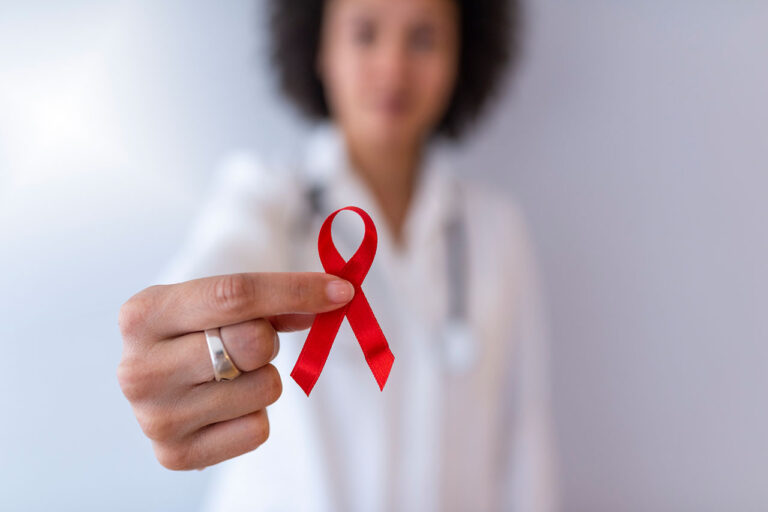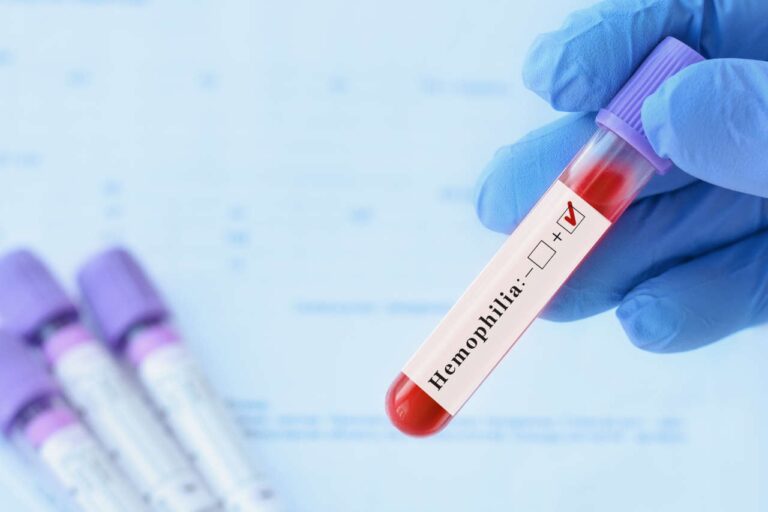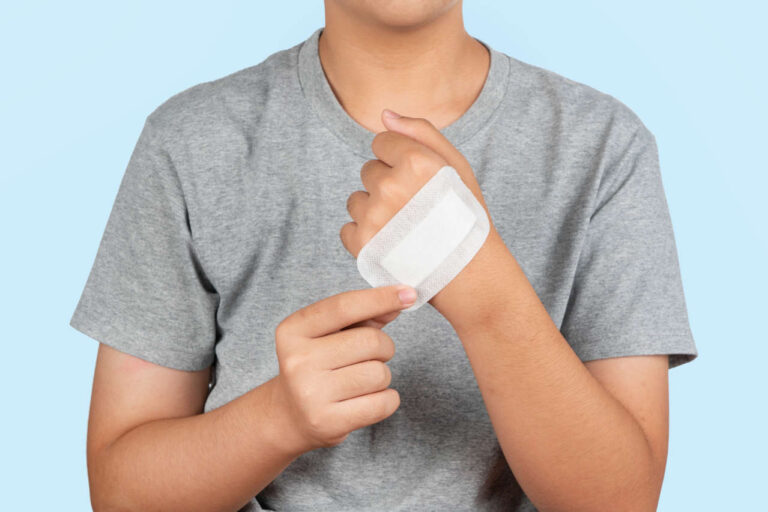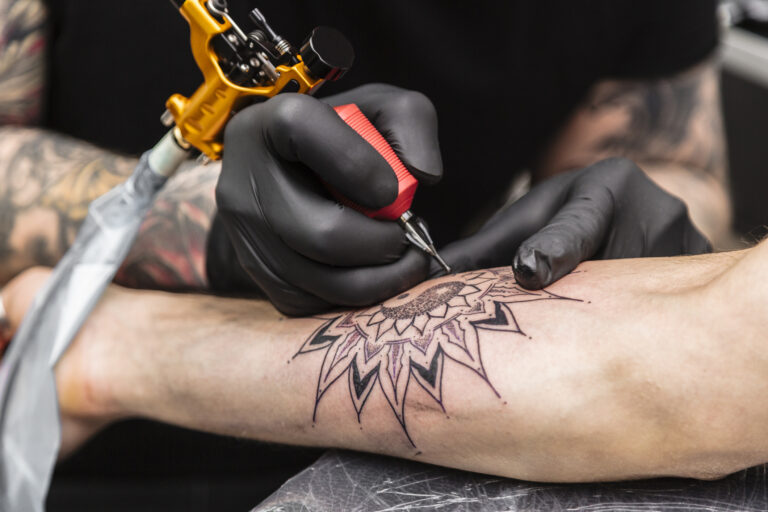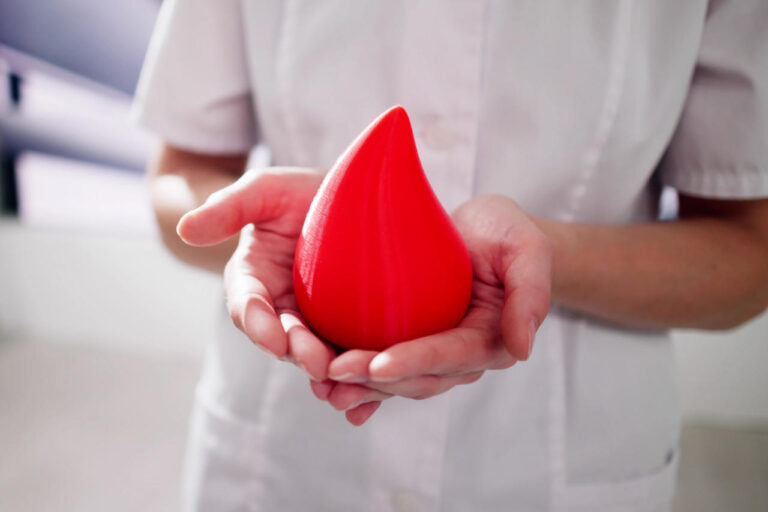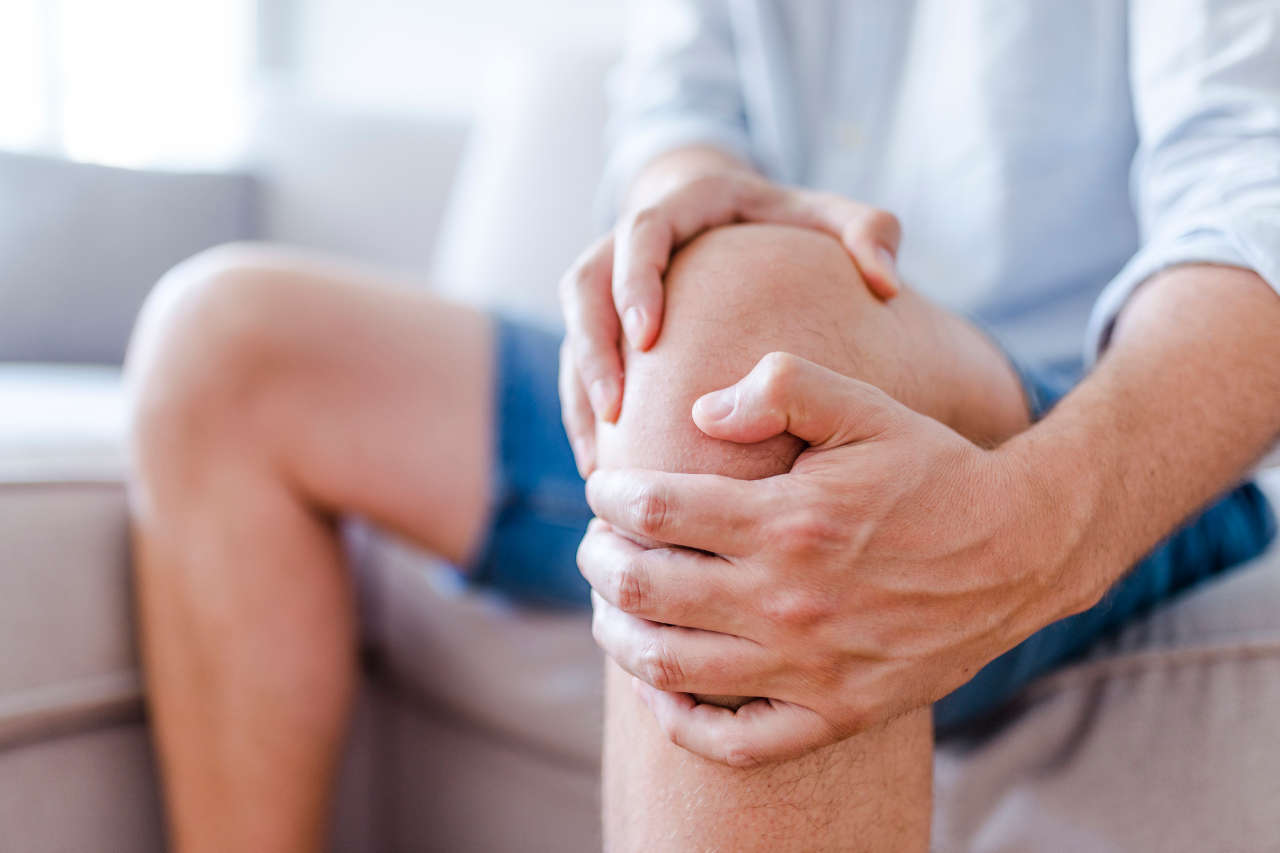
Joint damage is one of the most common and serious complications of hemophilia that can affect patients’ daily life activities. Typically patients with severe hemophilia are more at risk of joint damage than others with mild or moderate cases.
Speak to a Specialist
About Copay AssistanceHemophilia is an inherited disorder in which the blood does not clot properly due to a deficiency in clotting proteins (factor VIII or IX). Patients with this blood disorder can bleed excessively, especially internally, even with minor injuries.
Repeated internal bleeding in or around the joints can permanently damage the joints or lead to a condition called arthropathy (a type of joint disease) if not managed and treated properly.
In this article, we will discuss hemophilia and joint health in detail. Specifically, we will explain how hemophilia affects joints and what precautions and treatments can be taken to prevent and treat joint damage.
Hemophilia and Joint Health
Joint health is usually compromised in patients regardless of their type of hemophilia (A or B). Both types of hemophilia increase the risk of internal bleeding, particularly in the joints, in a condition known as hemarthrosis.
When a patient experiences frequent bleeds (2 – 3 times in 6 months) in the same joints, it leads to chronic inflammation, pain, and eventually long-term joint damage. Usually, the joint damage begins after one severe bleeding episode.
How Does Joint Damage Occur in Hemophilia Patients?
Patients with hemophilia usually experience joint damage similar to patients with arthritis. Damage occurs in two areas of the joints: the synovium and the cartilage.
Damage to the Synovium
Synovium is a thin layer of soft-connective tissues that lines the inside of your joints and produces synovial fluids to reduce friction between bones and help joints move smoothly. This area (synovium) also has many blood vessels, which is why joint bleeding is common in hemophilia.
When bleeding occurs in the joint, synovium absorbs blood to remove it from its cavity. As a result, the synovium gets thicker due to the accumulation of iron in the blood and becomes inflamed (or swollen). This condition is known as synovitis.
Damage to the Cartilage
The inflamed synovium releases enzymes and inflammatory markers that break down the joint’s cartilage. Cartilage is the tough but flexible connective tissue that covers the ends of the bones and helps them move smoothly against each other. When the cartilage is damaged or destroyed, the bones rub against each other, causing pain and further damage.
Continuous bleeding and damage to the joints may cause joint deformity. As a result of persistent joint injury over time, the damaged joint develops arthritis (or inflammation of the joint) and chronic pain.
The joints that are mostly affected and get damaged due to repeated bleeds are the hinge joints, which include knees, ankles, and elbows.
How Can You Prevent Joint Damage?
You can prevent joint damage by controlling or preventing the bleeding in the joint. Once the joint is damaged, it can be repaired, but it cannot be totally healthy again like it used to be before the damage.
Below are the preventive measures you can take to reduce the risk of joint damage:
Regular Treatment With Clotting Factor Replacement Therapy
If a bleed occurs, you should immediately seek treatment with clotting factor replacement therapy. During this therapy, a missing clotting factor is infused into your bloodstream. This will stop the bleeding and reduce the risk of long-term joint damage.
Regular treatment with prophylactic therapy helps to reduce the frequency of bleeding episodes in the joints.
Get Financial Assistance
RICE Treatment Strategies
RICE treatment strategies stand for Rest, Ice, Compression, and Elevation.

- Rest the affected joint to allow the bleeding to stop. Use a walker or crutches to walk and avoid weight-bearing exercise.
- Ice the affected joint for 10 to 20 minutes every 4 to 6 hours daily.
- Compression helps to limit bleeding and relieve pain. Wrap the elastic bandage around the injured point to compress the affected area.
- Elevation decreases the pressure on the blood vessels and allows the blood to drain away from the joint. While resting, you can elevate the injured area to a position higher than your heart for 2 to 3 days.
Regular Exercise
Regular physical activity, such as walking, swimming, or cycling, is recommended to maintain joint health and muscle strength. These exercises are generally safe and do not put pressure on joints.
Balanced and Nutritious Diet
A balanced and nutritious diet can help maintain weight and overall joint health. A diet rich in anti-inflammatory foods, calcium and vitamin D, collagen-boosting foods, and adequate protein intake benefits joints by protecting and strengthening the joints’ tissues.
Furthermore, proper education about early signs of joint bleeding to patients and caregivers can help them seek early treatment and prevent minor bleeds from causing severe and long-term damage.
How Can You Treat Joint Damage?
Despite taking preventive measures, joint damage can still occur in some patients with severe hemophilia. In this case, doctors generally recommend some effective treatment procedures for treating joints, reducing pain, and improving joint functions.
The following are some treatment procedures that you may undergo to treat joint damage:
1. Synovectomy
Synovectomy involves the removal of synovium. This procedure aims to reduce the frequency of bleeding episodes, reduce chronic pain, and slow down or stop joint degeneration. Synovectomy is generally recommended to prevent the progression of joint disease (arthropathy).
It is typically done in one of three ways: radioactive, arthroscopic, and surgical synovectomy. Your healthcare provider will choose the best option based on your condition.
2. Joint Replacement Treatment
Joint replacement, also known as arthroplasty, is performed when the pain produced by joint damage interferes with daily activities and severely affects the patient’s quality of life. Knee and hip replacement are more common than shoulder, and ankle replacement.
3. Fusion
Fusion, or arthrodesis, is a procedure in which painful joints are surgically removed and the bones are fused. You can consult your healthcare provider for the best treatment plan for your condition.
Hemophilia and Joint Health: Summary
Joint damage is a common complication of hemophilia and requires immediate medical attention to prevent joint deformation and long-term disability. Hemophilia patients can avoid the risk of joint damage by following a healthy lifestyle. This includes things such as regular physical activity, receiving timely clotting replacement therapy, and maintaining balanced nutrition. For patients with joint damage, physical therapy, synovectomy, joint replacement therapy, and fusion can help to reduce pain and improve quality of life.
REFERENCES:
- Knobe, K., & Berntorp, E. (2011). Haemophilia and joint disease: Pathophysiology, evaluation, and management. Journal of Comorbidity, 1, 51-59. https://doi.org/10.15256/joc.2011.1.2
- Gooding, R., Thachil, J., Alamelu, J., Motwani, J., & Chowdary, P. (2021). Asymptomatic Joint Bleeding and Joint Health in Hemophilia: A Review of Variables, Methods, and Biomarkers. Journal of Blood Medicine, 12, 209-220. https://doi.org/10.2147/JBM.S304597
- Walsh, S., Camp, C., Mazza, G., Carroll, L., Hoxer, C., & Wilkinson, L. (2018). The impact of severe haemophilia and the presence of target joints on health-related quality-of-life. Health and Quality of Life Outcomes, 16. https://doi.org/10.1186/s12955-018-0908-9
- Hmida, J., Hilberg, T., Ransmann, P., Tomschi, F., Klein, C., Koob, S., Franz, A., Richter, H., Oldenburg, J., & Strauss, A. C. (2022). Most subjectively affected joints in patients with haemophilia – what has changed after 20 years in Germany? Haemophilia, 28(4), 663-670. https://doi.org/10.1111/hae.14564
- Holstein, K., & Martinoli, C. Joint disease in haemophilia: Pathophysiology, pain and imaging. Haemophilia, 24, 44-49. https://doi.org/10.1111/hae.13449
- Gualtierotti, R., Solimeno, L. P., & Peyvandi, F. (2021). Hemophilic arthropathy: Current knowledge and future perspectives. Journal of Thrombosis and Haemostasis, 19(9), 2112-2121. https://doi.org/10.1111/jth.15444
- Manco-Johnson, M., Acharya, S., Ahuja, S., Chitlur, M., Sridhar, D. C., Fedewa, S., Isaac, D., Kulkarni, R., Schieve, L., Sharathkumar, A. A., Le, B., & Soucie, M. (2023). Risk factors for joint bleeding in severe hemophilia A and B: Analysis of the community counts longitudinal surveillance cohort. Blood, 142(Supplement 1), 287. https://doi.org/10.1182/blood-2023-179850
- O’Hara, J., Walsh, S., Camp, C., Mazza, G., Carroll, L., Hoxer, C., & Wilkinson, L. (2018). The impact of severe haemophilia and the presence of target joints on health-related quality-of-life. Health and Quality of Life Outcomes, 16(1). https://doi.org/10.1186/s12955-018-0908-9
- Leuci, A., & Dargaud, Y. (2023). Blood-Induced Arthropathy: A Major Disabling Complication of Haemophilia. Journal of Clinical Medicine, 13(1), 225. https://doi.org/10.3390/jcm13010225

